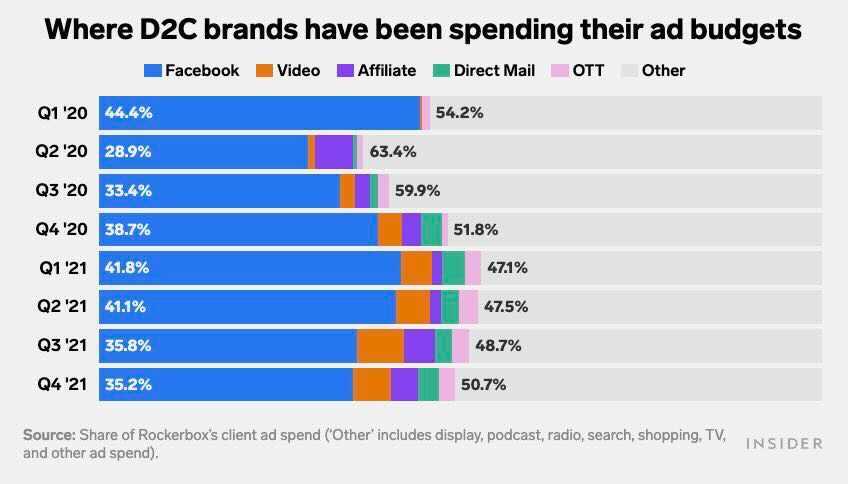Telling someone there is a rise in offline digital channels can cause some skepticism.
“Surely not,” doubters might say. “This is 2022. Our whole lives are online!”
And that might be true. It would certainly seem to be, given how much focus has shifted to digital when it comes to marketing. But it is also the reason why “offline” marketing channels that have developed new capabilities akin to their digital counterparts are becoming more popular and effective again.
This was the topic of conversation between PebblePost CEO, Jacob Ross, and Lean Data CMO, Doug Bell, on a recent episode of the Revenue Generator Podcast.
Here are some of the key takeaways from that conversation.
Digital Weariness
Over the last few decades software has been famously eating the world, and with it marketing. As digital channels grew in importance, marketing was transformed into something more performance-driven, more measurable, and more targeted.
From a marketer standpoint, there has been an evolution where each of the channels and consumer touchpoints has moved online. In 2018-2019, digital advertising finally overtook traditional advertising in terms of gross market share. However, it now feels like we’re getting to the point where digital has reached its apex. Now, the pendulum has begun to swing the other way.
In 2020-2021, consumers were online more than ever before, and as a result, we’re seeing digital fatigue. We’re all worried we spent too much time staring at a screen all day. That unease gets worse when we’re bombarded with emails, and have ads following us around the internet.
There’s only so much we can absorb in the digital environment. That’s why marketers need to look for channels that reach consumers in unique ways. This digital fatigue, coupled with the hunger for something new, is what’s driving the move back to more traditional channels that are garnished with a modern twist.
A Shifting Landscape
Another challenge marketers are facing is how to navigate the digital terrain in a post-cookie world. This shift, alongside seismic events like Apple’s IOS update, mean that there are fewer ways to connect a consumers journey across devices, browsers, and other digital environments. These broken connections have limited the effectiveness of digital channels marketers have come to rely on in terms of targeting, performance optimization, and even measurement.
Marketers are responding by moving budgets away from social and display and towards channels that aren’t as heavily reliant on digital identifiers, like Programmatic Direct Mail, CTV, and DOOH, as shown in article from Lara O’Reilly at Insider highlighting data from marketing attribution platform Rockerbox.

It makes sense that when third-party cookies disappear from the marketing tool kit, this trend will only accelerate.
Bridging Digital Intent and Real World Experiences
“Offline” digital channels cross the divide between the online and physical worlds. They use online intent data and machine learning to engage consumers in a performance-driven way outside the traditional digital environments. This evolution has resulted in the creation of entirely new channels that leverage legacy formats. It is the difference between Traditional Direct Mail and Programmatic Direct Mail, Linear Television and Connected TV, Radio and Streaming Audio, and Out-of-Home and Digital-Out-of-Home.
Of all of these, the argument could be made that (outside of the emerging juggernaut that is CTV) Programmatic Direct Mail is in one of the best positions to bridge this divide for marketers for a few key reasons:
- Real-time consumer behavior from first-party data, which connects intent to a household address, so it’s performance-driven.
- PDM reaches consumers at home. It gives consumers a chance to walk their marketing message into the home, which is a powerful place to start a dialogue.
- Physical media is highly impactful. A piece of mail sits on the dining room table or fridge for 17 days on average so that affects and creates a good environment for consumers to make a right decision.
It also has a lower barrier to entry in terms of the creative assets needed and overall investment. In fact, most brands could start testing Programmatic Direct Mail as soon as today. Learn more about how Programmatic Direct Mail is helping leading brands drive relevance and performance in the real world by taking a look at our case studies here.



